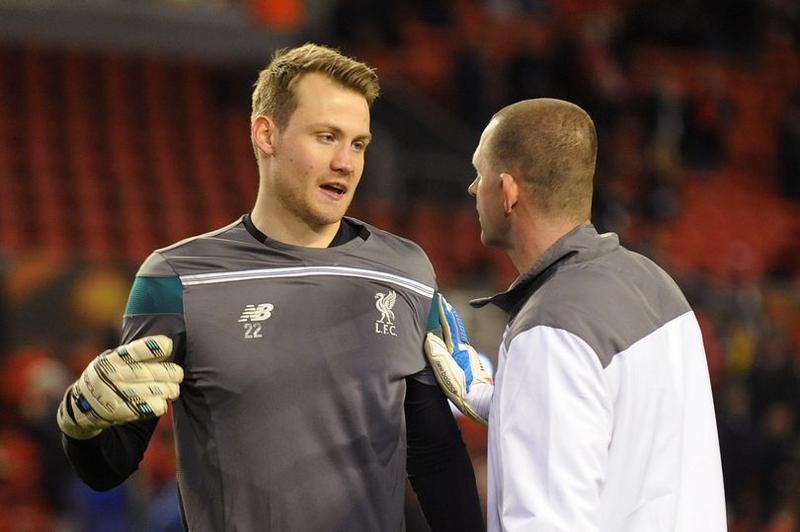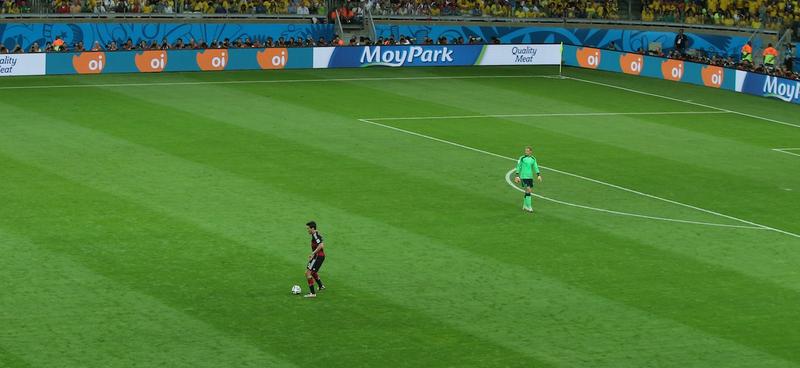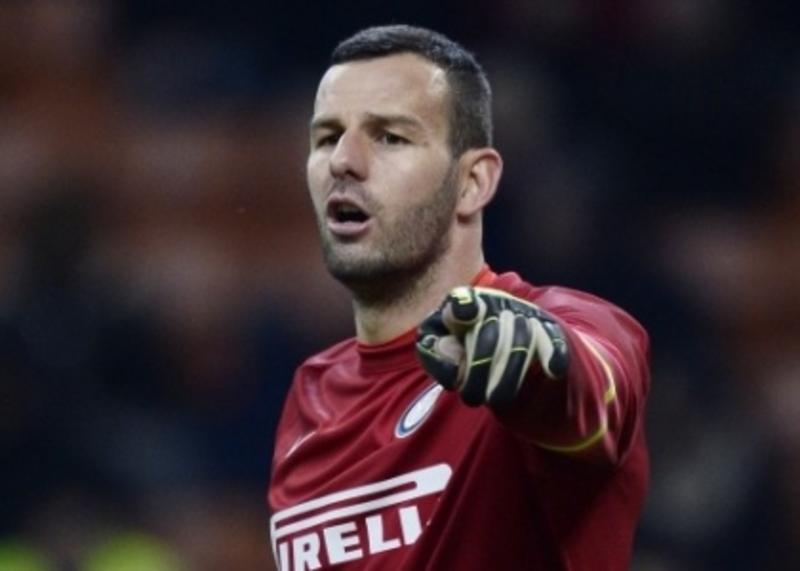Orders Placed by 1:00pm EST (M-F) Ship Same Day!!!

- 860-904-7679
- |
- |
- |
- help
- |
- about
Orders Placed by 1:00pm EST (M-F) Ship Same Day!!!

At times, goalkeepers must step outside their goal mouth in order to improve their play inside of it. With a great amount of time focused on skill specific training, most keepers have physical deficiencies that prevent them from reaching their peak performance level. Goalkeepers need a strength and conditioning program with challenging total body balance, explosive movements, and measurable goals. Strength and conditioning cannot however, be done sporadically and unsystematically. The goalkeeper must be committed to a program and follow it precisely to reap the highest rewards.
The demands of a goalkeeper are much different than that of a field player. This means the goalkeeper must train differently. Focus must be on improving the areas that are most important and are utilized during the game; power.
In order to increase power one must consider how the muscles and tendons work. There are three phases that occur during an explosive movement such as jumping: first, the muscle lengthens (eccentric phase), followed by a slight delay of time (transition phase), and finally, the muscle shortens or contracts (concentric phase). During the eccentric phase the muscle begins to store energy; during the transition phase a message is sent to the spinal cord then a message is sent back to the muscle; and lastly during the concentric phase the stored energy is released and the desired movement is performed.
To think of the action more practically, one should visualize a simple squat jump. The eccentric phase is the initial downward squat, the athlete hitting the bottom is the transition phase, and when he or she pushes up to jump, the concentric phase takes place.
Plyometrics are not primarily for the lower body, but they can also be used for abdominals and upper body. Goalkeepers must be the quickest player on the field to twist their core or drive their hand out to make a save; therefore we must train these muscle groups in an explosive manner. Often times, coaches make the mistake of training only the lower body, missing these other vital areas.
It is important for the athletes to have a solid strength base prior to starting a plyometric program. Although there is no defined age to start a program, the goalkeeper should be emotionally mature enough to listen to instructions and perform the exercises. I have trained goalkeepers as young as 10 years old with low intensity plyo’s, such as jumping rope, agility ladders and line footwork.
The athlete should be careful not to over train with plyometrics - frequency, recovery time, volume, progression, and the population must be considered. The following are general plyometric protocols for the post-pubescent high school keeper:
The intensity of the workout is greatly dependent upon training status. A well-trained athlete with an extensive strength and conditioning background will be able to perform higher intensity workouts than a less-trained athlete. For example, a goalkeeper who has completed a twelve week strength and conditioning program will be able to perform plyometric exercises using one arm or leg as opposed to two. They will also be able to perform jumping movements over a specified distance, as opposed to jumps in place. Obviously the younger the goalkeeper, the lower the volume, intensity, and number of sessions.
In order to see improvements, the athletes must increase the demands of the plyometrics they are performing. This is called progressive overload. The intensity of the plyo’s should go from less, to moderate, to high. However, the volume should not increase at the same rate. An example of this could be performing 10 clap push ups with two knees on the ground, and increasing the intensity to doing 10 clap push ups with toes on the ground. The intensity of the exercise increases because it is more difficult by not having the knees on the ground, however, the volume does not increase.
Below is an example of a low-moderate plyometric workout.
Exercise Sets/ Reps Rest
1.) Skipping for height 4 x 25 yds walk return
2.) Squat Jumps 2 x 10 1:30
3.) Lateral Hurdle Hops w/ pause 1 x 10 1:30
4.) Ankle Poppers 1 x 30 sec
Written by Strength and Conditioning Coach Ryan Carr.
Improve your skills



Improve your skills



Leave a comment